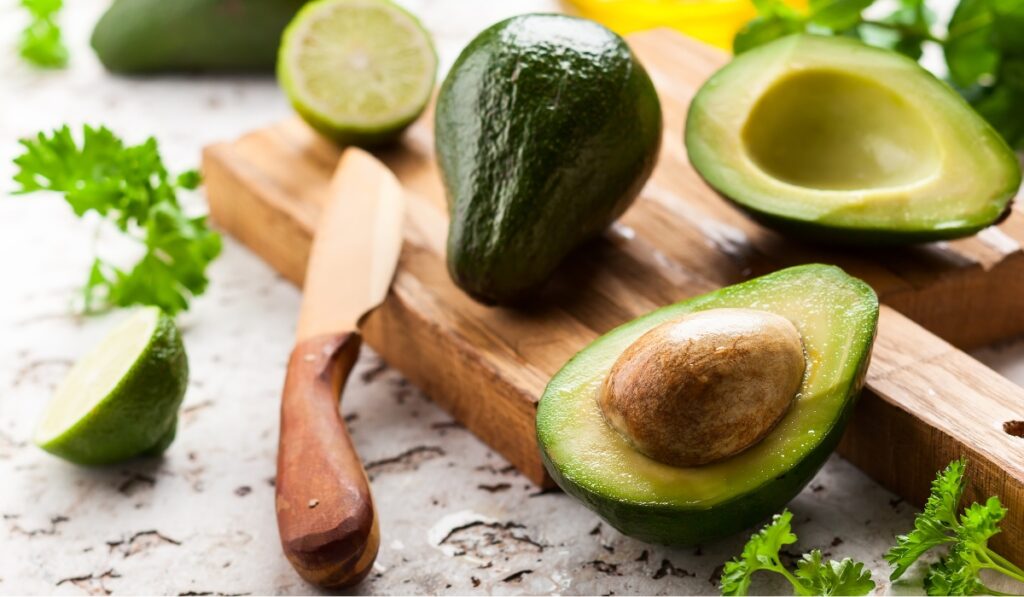Table of Contents
Panna cotta, jelly, marmalade, and various mousse desserts – what do they have in common? Of course, the presence of a gelling agent in their composition, such as gelatin, pectin, or agar. These ingredients are indispensable in culinary arts! In a dietary menu, they are of particular value because many low-calorie desserts are based on jelly.
Every housewife knows how to work with gelatin, but not everyone knows that gelatin can be replaced with another substance – agar. In this article, we will talk in detail about what agar-agar is, how it differs from gelatin, and the nuances of its use in cooking.
What is agar-agar?
Agar-agar is a white crystalline substance without a pronounced taste and smell, possessing strong gelling properties – this is how you can describe agar in general terms. In nature, the substance agar is responsible for maintaining the density of underwater plant stems and retaining moisture in them. Edible agar consists of a mixture of agarose and agarpectin polysaccharides and is obtained by extracting red algae that grow in the Black and White Seas, as well as in the Pacific Ocean.
The calorie content of agar is 301 kcal per 100 grams of product. For comparison, the calorie content of gelatin is 355 kcal, and pectin is 336 kcal.
How does agar-agar differ from gelatin?
The first and most important difference between these two substances is that agar is a plant-based product, while gelatin is of animal origin (derived from the ligaments, cartilages, and tendons of animals, mainly cows). This is why agar is widely used in vegetarian cooking.
The second difference stems from the first. Gelatin is almost pure protein, while agar is a carbohydrate. The chemical composition of agar contains 76 grams of carbohydrates and only 4 grams of protein.
Agar is the strongest gelling substance known in cooking at the moment. It is 10 times stronger than gelatin.
Finished jelly made with agar and gelatin will also differ. Agar has a neutral taste, while gelatin has a characteristic aftertaste. Jelly made with agar is more stable and dense, does not melt at room temperature, and has a cloudy color (jelly made with gelatin is usually clear).

How to use agar in cooking ?
You can replace gelatin with agar in almost all recipes. Chefs, with their years of experience, suggest the following proportions: 0.5 teaspoons of powdered agar = 2 teaspoons of gelatin. As many know, gelatin cannot be boiled; otherwise, the dessert will not set, and the mixture simply won’t solidify. Agar, on the other hand, is not afraid of boiling. In fact, if you want to prepare a dense jelly-like mass, agar needs to be heated at a temperature of 95-100°C, as it does not dissolve in cold water.
It’s essential, when preparing dishes with agar, to pay attention to the gel strength. It is usually indicated by the manufacturer on the packaging and can range from 600 to 1200. The higher the gel strength, the denser the mass will be upon setting.
Agar has an invaluable advantage compared to other gelling agents – it is thermo-reversible. That is, if you’re unsatisfied with the consistency of the finished dish, you can melt the mass by heating it, dilute or add more agar, and achieve the desired consistency.
It should be noted that agar has a harder time gelling acidic liquids, such as orange and cherry juice. When preparing a dessert, make sure to consider this and simply add more agar.
The quality of agar can vary and is divided into two grades:
- Higher – fine white crystals
- First – the crystals can be larger, and the color varies from light yellow to brown. For cooking dishes and obtaining a clearer jelly color, it’s recommended to use higher-grade agar. It is considered to be of higher quality.
Benefits of agar for the body
There is a belief that agar is much healthier than gelatin, but this is not entirely true. These substances are entirely different in their chemical composition, but both contain essential nutrients for our body.
Agar is rich in calcium, potassium, and iodine, and contains polysaccharides and B vitamins in its composition. It has a pronounced laxative effect, enhances intestinal peristalsis, and due to its high iodine content, is an excellent supportive product for the thyroid gland.
Who should avoid agar-agar ?
People with the syndrome of a “weak” intestine should exclude agar from their diet due to its laxative properties. Otherwise, agar-agar is completely harmless, and it can be consumed by pregnant women, nursing mothers, toddlers from one year of age, and the elderly. Science does not know of cases of allergies or individual intolerances to this product.
Agar and gelatin are interchangeable, but both these products deserve their place in your kitchen. Gelatin can be used for preparing jellied meats and aspics, while agar is suitable for making low-calorie, delicate desserts.






